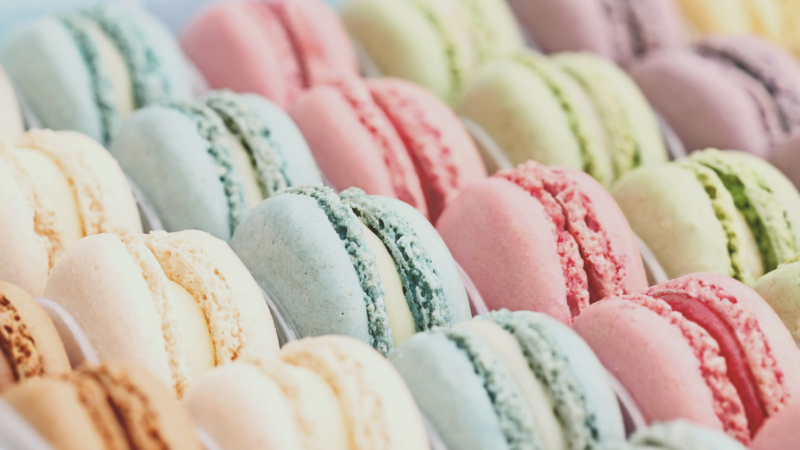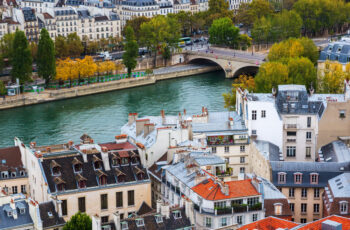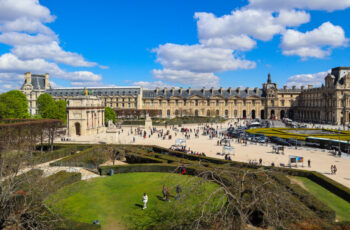Paris provides all kinds of delicate joys unlike any other place in the world. Crepes, eclairs, and croissants galore, to name a few! Perhaps, above all, guests seek out the ultimate melt-in-your-mouth token of sweetness that is the macaron. So, as traveling begins to reopen for this glorious summer season, we present to you an all-in-one guide to the French dessert that has it all.
“Macaron” or “Macaroon”?
First of all, let’s get this all too common misconception out of the way. Embedded into Europe’s cuisine are two commonly misconstrued desserts: the macaron and the macaroon. The fastest explanation for this? Their common name (likely derived from the egg-sugar-almond Italian cookie: the maccherone.) However, that doesn’t help you when peering into the selection at a French cafe.
For starters, the macaroon is a Jewish delicacy, often served as a dessert during Passover. Its fluffy coconut nature makes it the perfect one-bite drop cookie to close a celebration. Typical American macaroons are usually dipped in chocolate. Although, they do still retain that circular, one-bite nature.
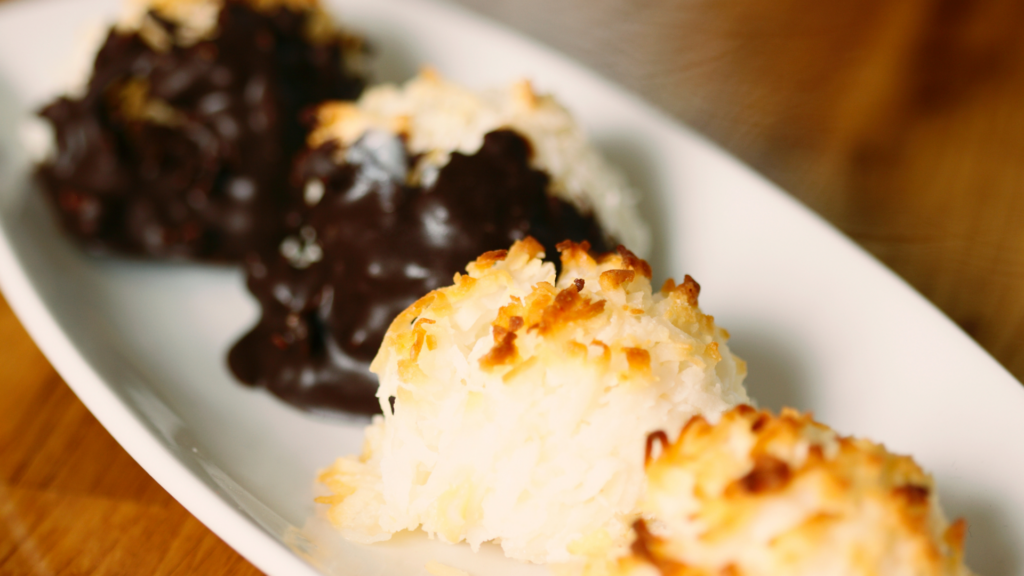
The macaron is the colorful French delicacy that looks a bit like a tiny rainbow-colored sandwich. As opposed to the coconut-filled treat mentioned previously, the macaron is known for its very light, melt-in-your-mouth quality as well as its grand variation between flavors.
Still not sure? You pronounce “macaroon” exactly how you would think: Mac-ar-oon. “Macaron” on the other hand sounds like: Mac-ar-own. The Merriam Webster Dictionary can help you out if you’re still unsure.
The History of the Macaron
Back to the star of the show: the macaron. Believe it or not, it took centuries for this dessert to get to where it is today. (Though, if you’ve ever tried making them at home, you might understand how it took a while to come to this very specific recipe.)
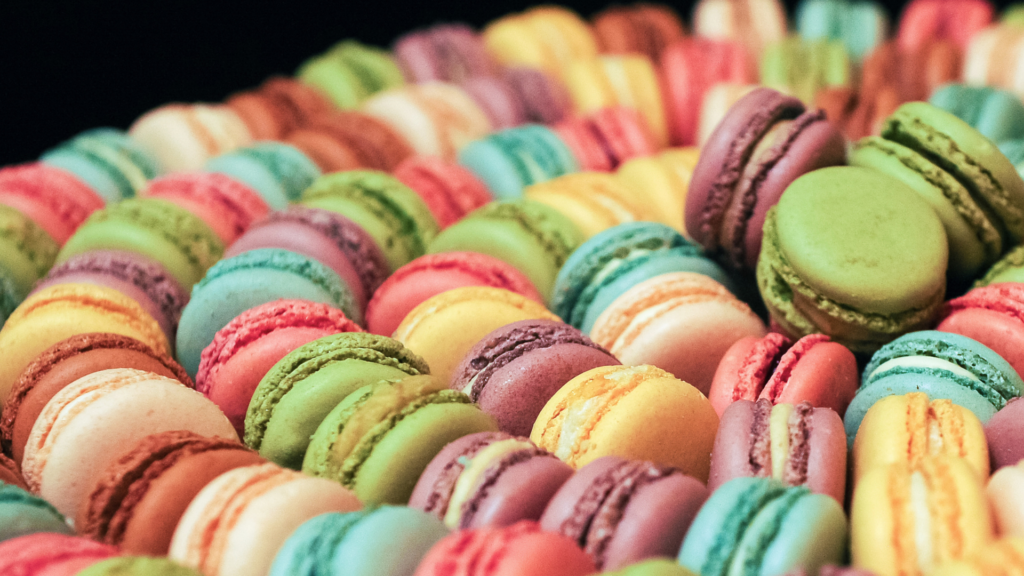
The cookie was first introduced to France by Italian Queen Catherine de’ Medici in 1533 when she married French King Henry II. This version of the cookie was still much more similar to the Italian maccherone. From that point forward, primary sources cite the appearance of the dish served at many French nobility parties and events. It wasn’t until 1792 that the dessert even became available to commoners. We have two French sisters, Marguerite and Mary-Elizabeth, to thank for that. The duo began serving the delicacy to French civilians during the French Revolution.
The macaron as we know it today was really invented in the early 1800s by Parisians. Confectionery chef Louis-Ernest Ladurée published the official recipe. Once a year, the world now celebrates this soft and tasty sweet on March 20th: Macaron Day.
Find the Best Macaron in Paris
Don’t worry travelers––we’ve got you covered!
Ladurée
If you’re a fan of the hit American show Gossip Girl, the last name I just mentioned might sound familiar to you. Indeed, Blair snacks on the iconic Ladurée macarons in the show. Now, so can you! Ladurée is the perfect place for an aesthetic tea time. It also lets you sink your teeth into the recipe that started it all. Check their website to get some of your own authentic macarons from one of their locations. You can also ship them home!
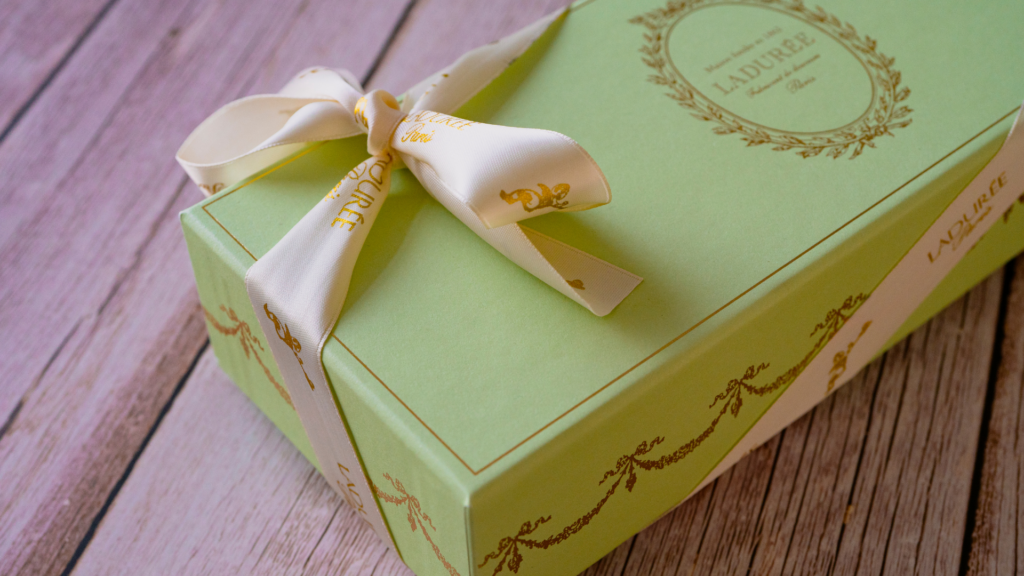
Pierre Hermé
Widely considered the best in his field, Pierre Hermé has perfected the macaron. He strives to both deliver on classic flavor combinations while also pushing the boundaries of the dessert. Enjoy these famous macarons from his Paris location, or order a box for wishful thinking from the comforts of home. Hurry––their spring collection only lasts until April 24.
Hugo & Victor
Looking for a more eco-friendly option? Hugo & Victor strives to be 100% organic whenever possible. Much like fresh Italian gelato, their macarons refuse to artificially color their batter. This means every colorful cookie you see in their establishment is straight from plant-based colorants. Head to their website for more information.
Now you’re set to be an expert. Taste the breadth that Paris has to offer, and let us know what you think!
